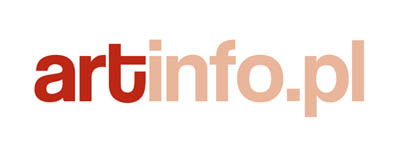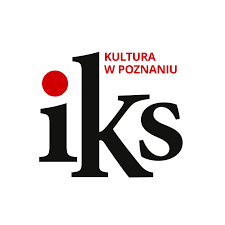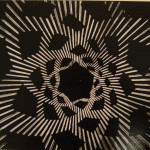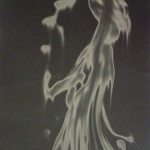opening: Friday, November 15th, at 7:00 PM
exhibition: 15.11-20.12.2024
organizator:

partner:

place: Galeria Piekary
ul. Św. Marcin 80/82
CK Zamek, Dziedziniec Różany
61-809 Poznań
exhibition open Monday – Friday 10 AM – 6 PM
admission always free
media patronage:



9/11 Art Space Foundation and Piekary Gallery are pleased to invite you The Discreet Charm of Abstraction, an exhibition featuring works by Polish and international avant-garde photographers who engaged with the broadly understood abstraction. The show documents nearly a century of avant-garde artistic change. At that time, artists began to modify the photographic techniques they used, refocused their interests, and even rejected the camera as a tool, opting for camera-free strategies. Since Cezary Pieczyński’s collection spans a number of artists who embraced such solutions, we are going to see works by Fortunata Obrąpalska, Bronisław Schlabs and Marta Hoepffner, as well as other innovators.
Current political and social circumstances have inevitably affected the state and the condition of art. This was also the case in the second half of the 20th century, when totalitarianism was the political system in force while Socialist Realism was the officially endorsed artistic doctrine. At that time, abstraction became a kind of rebellion, an opportunity to fully satisfy the creative drive. It facilitated individual development and creative change on a large scale, also within the discourse of art. Neo-avant-gardists emerged as early as the late 1940s and included Zbigniew Dłubak, one of the first to draw on Surrealism, as well as geometric and allusive abstraction. Dłubak blazed the trail of experimentation in photography, and other artists followed in his footsteps.
The artists would organize exhibitions, experiment and go beyond the boundaries of traditionally understood photography. In doing so, they often experienced a sense of community, which prompted them to associate into art groups. Their members were driven by the desire to discover new techniques, solutions and attitudes. A group of artists including Jerzy Lewczyński and Bronisław Schlabs, among others, staged an exhibition entitled Antiphotography, which became a scandal and sparked an animated debate in the photographic milieu. Thus, the experiments arising from the need to reflect on the medium and transcend its boundaries became the foundation for further avant-garde explorations. In the 1960s, the Zero-61 group was formed in Toruń, combining experimentalism with tradition. The group created a space for such individualities as Antoni Mikołajczak and Edward Hartwig, who spoke of photography as a visual art where it is worth delving into the world of imagination, fantasy. Fortunata Obrąpalska, on the other hand, was a member of the 4F+R group and a creator of allusive abstractions that closely approached the medium of painting, titling her works in a manner of representational associations. Luckily, abstraction did not fade away when the political system had changed, as the 1990s and the early 21st century saw the works of Julian Jończyk and Dorota Buczkowska. Our exhibition will be an opportunity to appreciate the outcomes of all such creative endeavours.
Still, abstraction is by no means unique to Polish art. Avant-garde movements have their roots in North America and Western Europe, involving the likes of Man Ray, Lotte Jacobi, Jacob Rossler, Arthur Siegel, Christian Schad, Laslo Moholy-Nagy Walter Peterhans, Toni Schneiders or Heinz Hajek-Halke. They were Dadaists and Surrealists who gained notoriety thanks to their innovative approach to art, showing that the medium itself was just as important—or perhaps even more so—than what it conveyed. At The Discreet Allure of Abstraction, world-renowned artists will enter into an intergenerational dialogue with their younger Polish colleagues. At first glance, they appear to have nothing in common, whether their origin, cultural background, or political and social situation. Even so, what unites them is an intuitive propensity to seek new artistic paths into which they could breathe their spirit.
Project co-financed by the Minister of Culture and National Heritage from the Culture Promotion Fund – state special fund and by the
Wielkopolska Region










